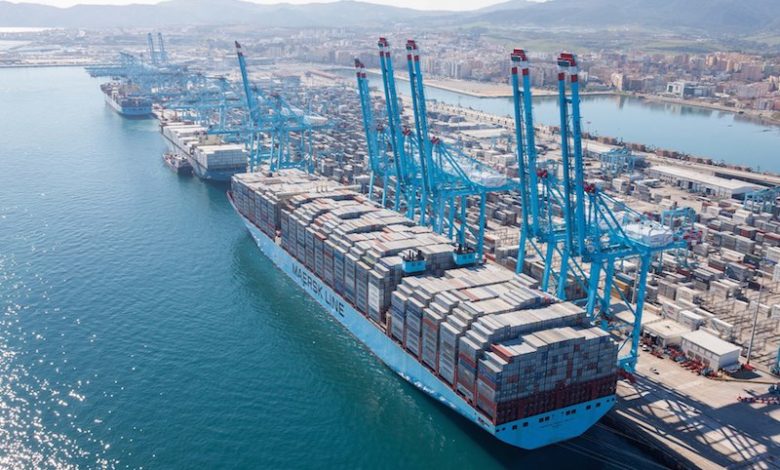Asset quality and size seen as vital to boxline health in coming 18 months

Asset quality, size and diversification will determine the success of containerlines in the next 18 months as higher costs, tighter environmental rules and worsening global trade relations risk offsetting buoyant demand and capacity reductions, according to a new report from Scope Ratings.
Only container shipping companies with the biggest fleets and most efficient vessels are likely to turn a profit this year and meet longer-term challenges, the report maintains.
“Container shipping is a capital-intensive business. A.P. Møller-Mærsk, the industry leader, spends around $1bn a year on new ships. When owners have little control over cargo rates, and differentiating one freight service from another is difficult, industry returns depend on asset optimisation – ensuring ships are always at sea and fully loaded,” the Scope report noted.
One problem shipowners face is the oil price. Scope expects a rise of around 25% in bunker prices this year compared with 2017, squeezing thin profit margins despite robust global economic growth and buoyant trade, notably in Asia.
“Strong demand is creating a better-than-expected supply-demand balance but another headwind is the industry’s excess capacity, which weighs on freight rates,” said Denis Kuhn, an analyst at Scope and author of the report.
Shipping consultants Drewry recently upgraded its container demand forecast by two percentage points to 6.5% from 4.5% for 2018. Scope had forecast a favourable demand outlook in its 2018 shipping outlook in January.
While those supply-demand-fundamentals remain intact, this has not yet translated into visibly higher shipping rates, as supply has also been slightly higher than anticipated; mostly due to less capacity taken out of the industry via scrapping.
“Scrapping should accelerate in H2 and 2019, easing the capacity glut,” said Kuhn. There are a number of factors that support this acceleration in scrapping, including new environmental regulations, capping sulphur emissions from 2020 and toughening up requirements for treating ballast water. Those are powerful incentives for owners to invest in new ships and scrap older ones while keeping up pressure for more sector consolidation. Increased crude oil and bunker prices and flat shipping rates will continue to put severe pressure on the operating profitability of older, less efficient vessels.
For this reason, Scope reckons fleet efficiency and quality will become even more important over the next few quarters for container companies to be able to generate operating profits and maintain their credit-risk profiles.
Shrinking operating results will drive up leverage and may result in increased borrowing costs for shipping companies, Scope warned. Credit spreads on many shipping bonds have widened recently amid weaker-than-expected freight rates but could tighten again if liners can mitigate the effect of higher bunker costs via rates increases as well as improved efficiency.
